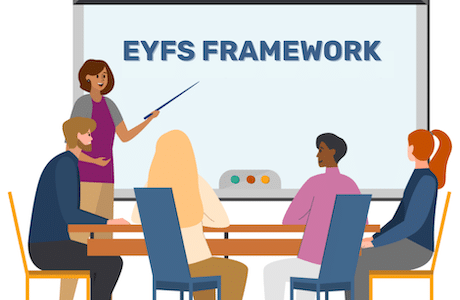Safeguarding children can be as challenging as it is important. Each organisation working closely with children and young people has a hugely important role to play in safeguarding and promoting their wellbeing, to ensure they have the best outcomes.
The importance of a joined-up approach to safeguarding
In recent years, there have been several high-profile cases of child safeguarding failures, highlighting the risks that occur when agencies don’t have the tools to access and share information efficiently with each other. Six-year-old Arthur Labinjo-Hughes and toddler Star Hobson are two children who made headline news after being murdered in 2020. Their deaths led to a national review of child safeguarding practices which found that the opportunities to prevent their deaths had been missed.
According to the government’s latest statistics on serious incident notifications, there were 456 notifications of serious incidents involving a child where abuse or neglect was known or suspected. Over two hundred incident notifications related to a child’s death – ten more than in 2021 to 2022.
These statistics are a reminder of the urgent need for all education settings, local authorities, and other responsible agencies to be more joined-up in their approach to prevent vulnerable children falling through the gaps. The National Society for Prevention of Cruelty to Children (NSPCC) states that multi-agency collaboration is vital for effectively protecting children and that agencies must work together to provide a joined-up approach for keeping children safe. It also states that this requires clear and effective communication, where information is shared quickly and accurately, and no detail is missed.
What does a joined-up approach to safeguarding look like?
A joined-up approach to safeguarding involves multi-agency collaboration – which is when safeguarding partners including schools and local authorities work together to promote the wellbeing of a child. This approach helps organisations that work with children to join the dots and take action to prevent children from being overlooked, offering a joined-up response to helping at-risk children.
Multi-agency collaboration provides schools and local authorities with the visibility to understand a child’s situation from different perspectives. While it doesn’t replace the duties of an individual agency or educational setting to identify or support vulnerable children, instead a joined-up approach helps to enhance collaboration and support agencies with this duty.
How can safeguarding software help remove barriers to information sharing?
Safeguarding software like CPOMS Engage can help to address many of the challenges schools and local authorities face when it comes to information sharing, keeping the focus on the child. CPOMS Engage enables settings to:
- Share information quickly and securely: safeguarding information can be shared across settings via an agreed share contract through seamless, secure transfer between systems.
- Simplify and enhance safeguarding processes: eliminate the need to reformat files, send secure emails and make countless phone calls.
- Maximise resources and collaboration: truly leverage a multi-agency approach where information is readily shared, and expertise and talents are put to good use for the benefit of the child.
Summary
While developing a full picture about a child’s circumstances can be challenging, failing to do so can have devastating consequences.
A joined-up approach to safeguarding helps schools and local authorities ensure better outcomes for children through collaboration, effective joint decision making and co-ordinated action across settings.
For more information about how CPOMS Engage could help your safeguarding needs, contact us today.




